For the weekend the students had planned a trip to San Juan del Sur, a surf & party town 2.5 hours to the south. I jumped on their air conditioned bus with them and stayed at their guest house for the first night I was here. The benefit of them travelling in a large group is that it brings down the price of nice transport & lodging! After they left on Sunday afternoon, I moved to a popular hostel, Casa el Oro. It's a nice place close to the center of town, but not right next to the clubs so it's not as loud as some "party hostels." Not that the town is very big anyway! On Monday I took a $25 surf lesson. I'm definitely not a pro yet, and I have to use a really long board, but I improved a lot from 11am to 4pm! Surfing here is a lot harder than it was when I took a lesson in Costa Rica a couple years ago. On that beach, the waves were very steady, predictable & small. Here on Playa Maderas they get scary big and criss cross all over the place. But by the end of the day I was paddling, catching, and getting up on my own. :) I wish I didn't have to lug around such a big board though!! That night a group of us from the hostel went to Iguana Bar and met up with pretty much every other person in town. Nicaraguan beer, Toña, is only $1 per bottle, and it's pretty decent. Last night made me SO glad that I took that Latin dance class at Duke!! Nobody felt like fistpumping to the terrible top40 stuff, so we requested something more salsa-esque. Only a couple of people knew how to salsa, but a lot of people pretended and I tried to teach a few. So fun! I met a lot of interesting people as well.
Today (Tuesday) I'm planning to practice my new surfing knowledge. Hope that goes alright... Wish me luck!

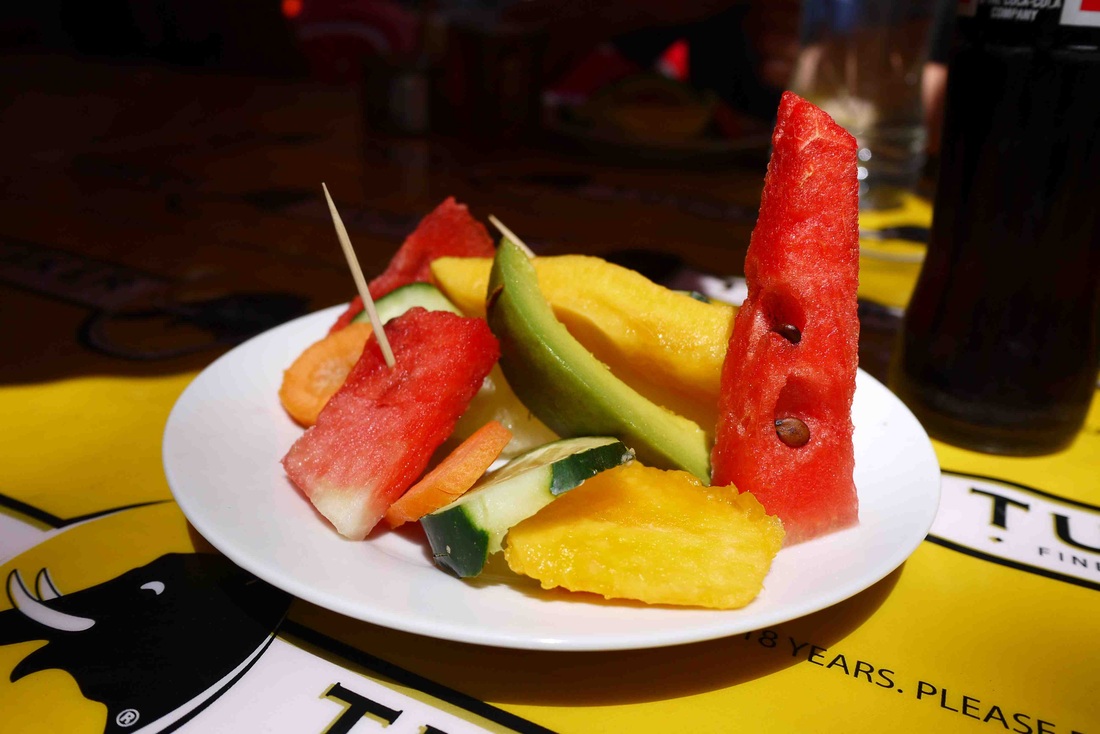
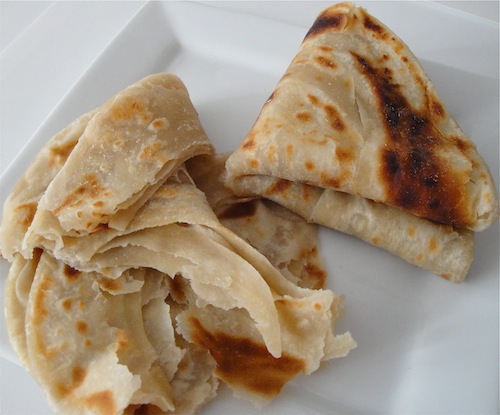

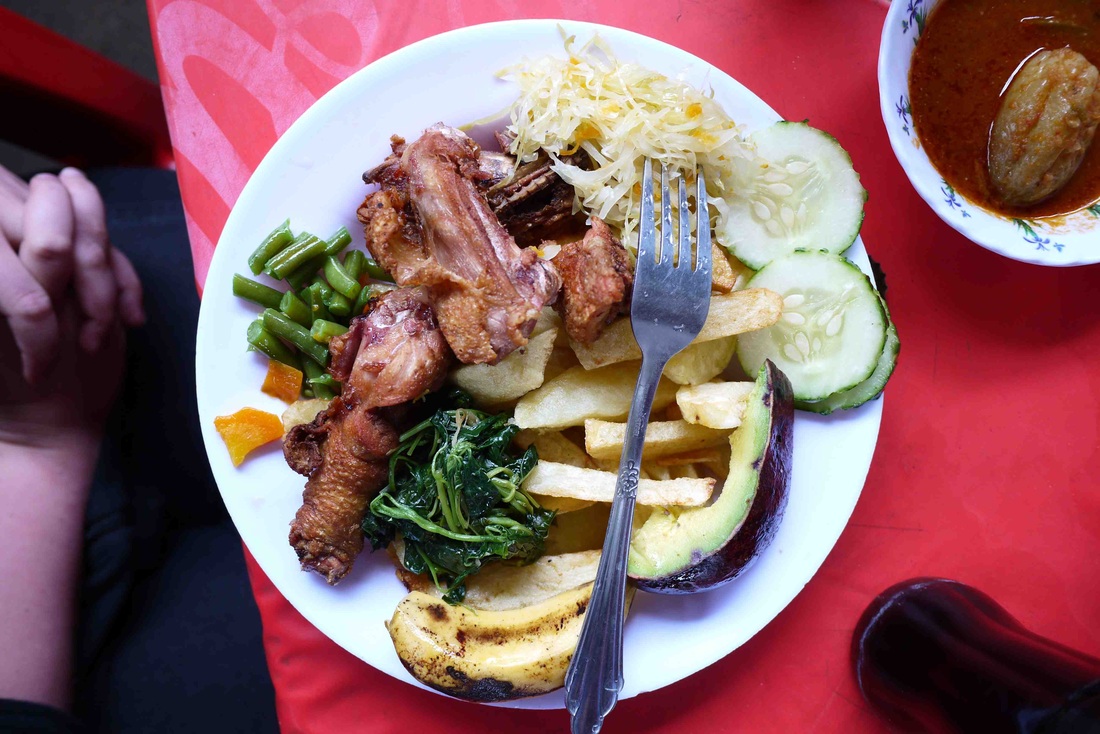
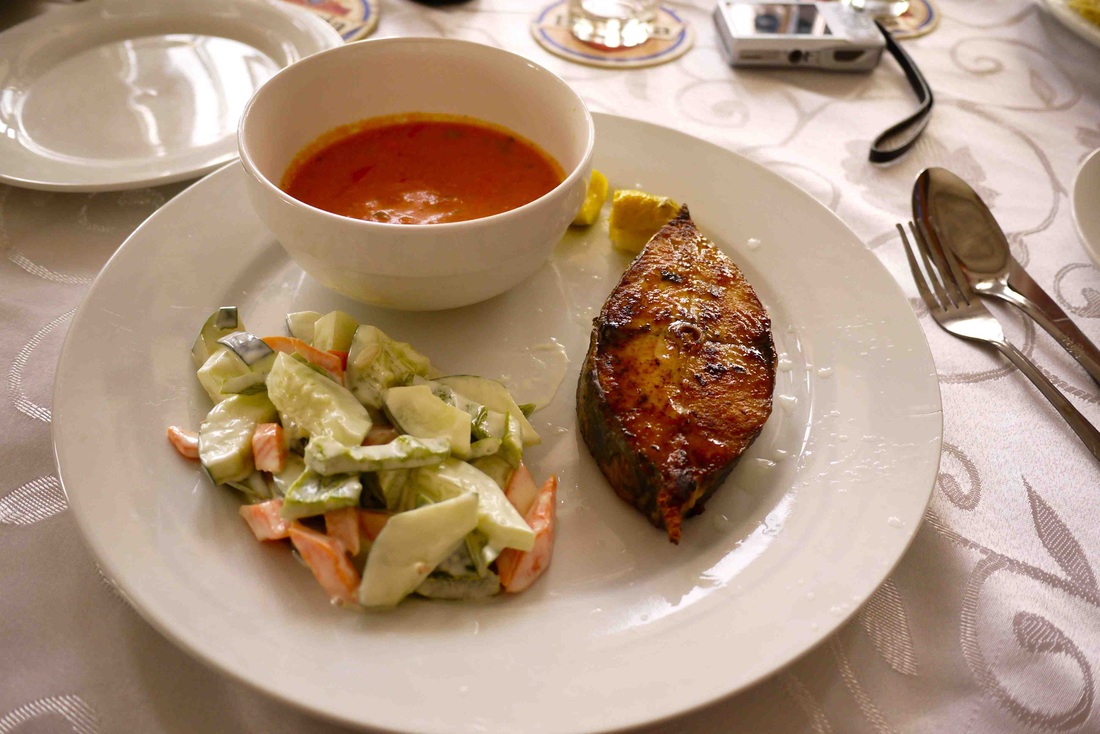

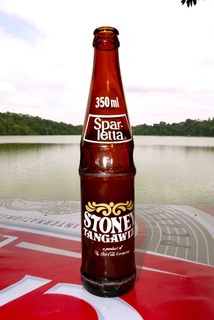
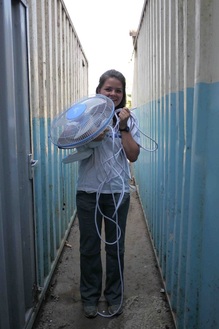
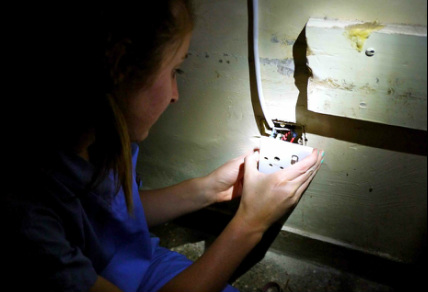
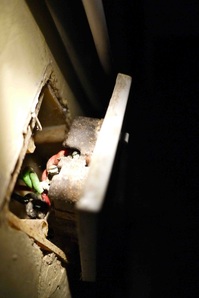
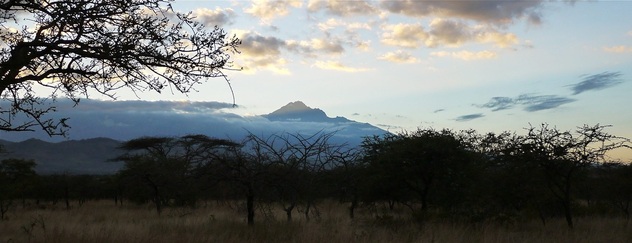

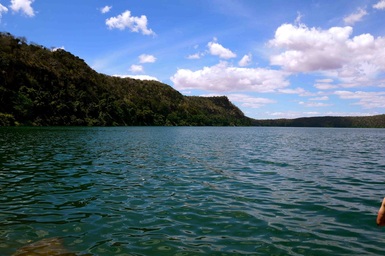
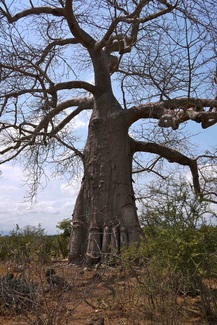
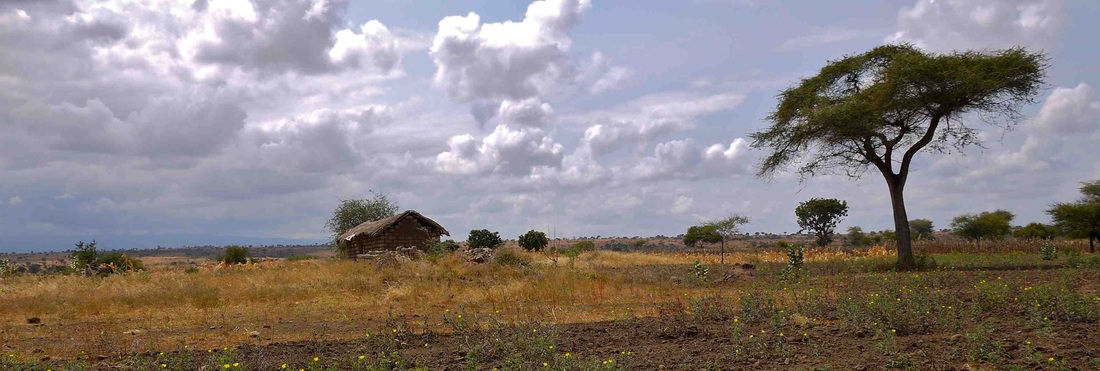
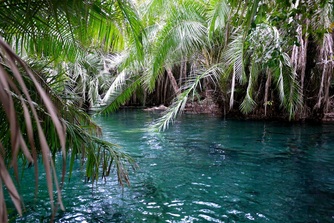

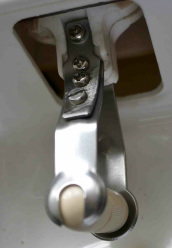
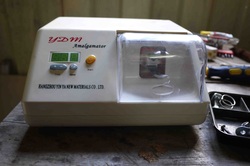


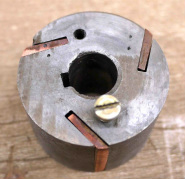

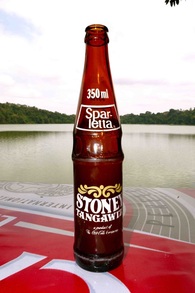

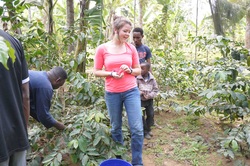
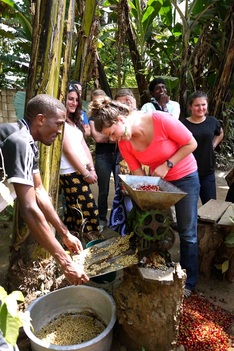
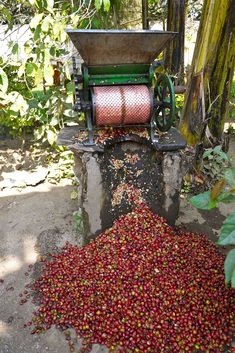
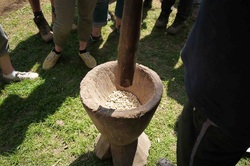
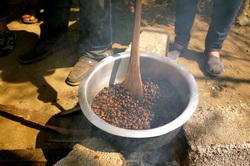
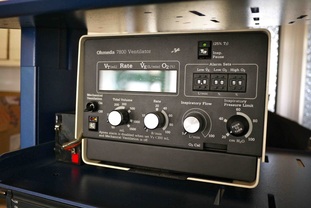

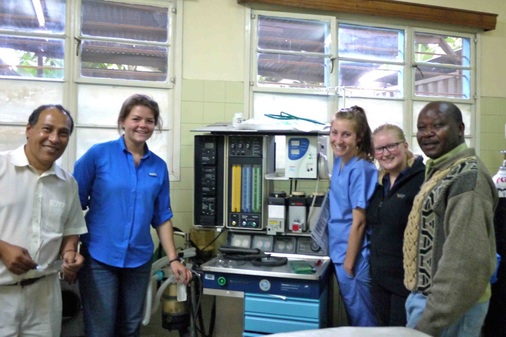
 RSS Feed
RSS Feed